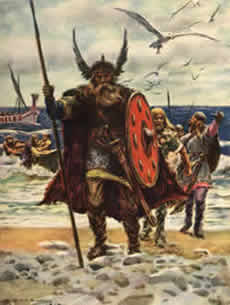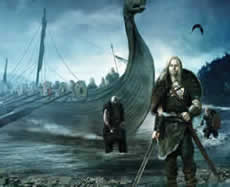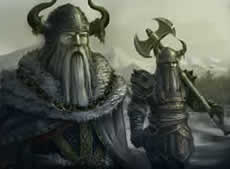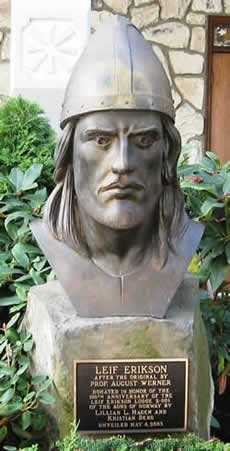USA PEOPLE SEARCH BY NAME!
- ❖ Current Address
- ❖ Phone Numbers
- ❖ Criminal Records
- ❖ Public Records
- ❖ Neighbors
- ❖ People's Age
- ❖ Property Ownership
- ❖ And Much More
Sun, 13 Jul 2014
The Vikings Came To America Long Before 1492
Although countless textbooks and historical documents attribute the discovery of America to the renowned Italian explorer, Christopher Columbus, a logical analysis of events proves that there had in fact been voyages to the New World that predated Columbus' journey. Recent archaeological findings, together with ancient historical data tell us that Europeans had set foot on America almost half a century before 1492.
The Scandinavian Vikings
Long before the voyages of the French, the Spanish, and the Portuguese armada, the Scandinavian Vikings ruled the North Atlantic Ocean from the ninth to twelfth century AD. The Vikings were Norse seafarers who explored and settled in vast areas in Europe, Asia, and the North Atlantic islands, always sailing on their longboats in search of new places. The term viking itself is an Old Norse feminine noun that refers to an overseas expedition.
The Vikings Were Fierce Warriors
But the Vikings were more than just explorers, they were fierce warriors as well. In later texts, such as the Sagas of Icelanders, the phrase "to go on a viking" had evolved to imply piracy - raiding, pillaging, and raping. By the end of the eighth century, they had taken Ireland, and by the end of the ninth they also ruled of England and France. By the end of the tenth century, they had controlled Greenland, discovered America, and had an active trade with the people from the Mediterranean.
In 1000 AD, Leif Erikson Set Foot In America
Perhaps the most prominent Viking figure to have was Leif Erikson. Historians attribute this to narratives from the Saga of the Greenlanders, a prose history that described the colonization of Greenland by Erik the Red and the expeditions of his son, Leif, and Thorfinn Karlsefni further west.
Arriving in 1000 AD, Leif described the land he discovered as a place where "a river flowed out of a lake" and where the streams were full of salmon and there was plenty of wood to build dwellings. He also noted that the lush fields that were perfect for livestock and a mild climate that offered a pleasant winter. Here, Erikson and his followers founded a settlement and called it Vinland the Good.
However, Leif was not the first Viking to discover America. According to Icelandic sagas, another explorer, Bjarni Herjolfsson, had sighted land west of Greenland in 985 AD but did not go ashore. It was from Herjolfsson that Erikson learned about America, and it was Herjolfsson's boat who Erikson bought to set sail for America.
Viking Settlement In Newfoundland, Canada
Aside from the documents that history provides, archeology adds further evidence as to the time the Vikings had spent in North America. In the early 1960s, archaeologists Helge and Anne Stine Ingstad identified a Viking settlement in Newfoundland, Canada and named it "L'Anse aux Meadows," which translates to Meadow Cove. The site contained a number of eleventh century Norse artifacts such as a soapstone spindle whorl and a bronze-ringed pin process.
At present, L'Anse aux Meadows is owned and under the care of Parks Canada. It was declared a UNESCO World Heritage site in 1978, and remains to be one of the best links to the ancient world.
Read:
Who Explorered The Yellowstone National Park?
Nathaniel Turner And The Slave Revolt
Jamestown, The First Permanent Settlement In The USA
Sacagawea Showed Lewis and Clark The Way
The History of Beer in the USA
A History of the European Immigration
The Wild West Period - The Golden Age Of America



